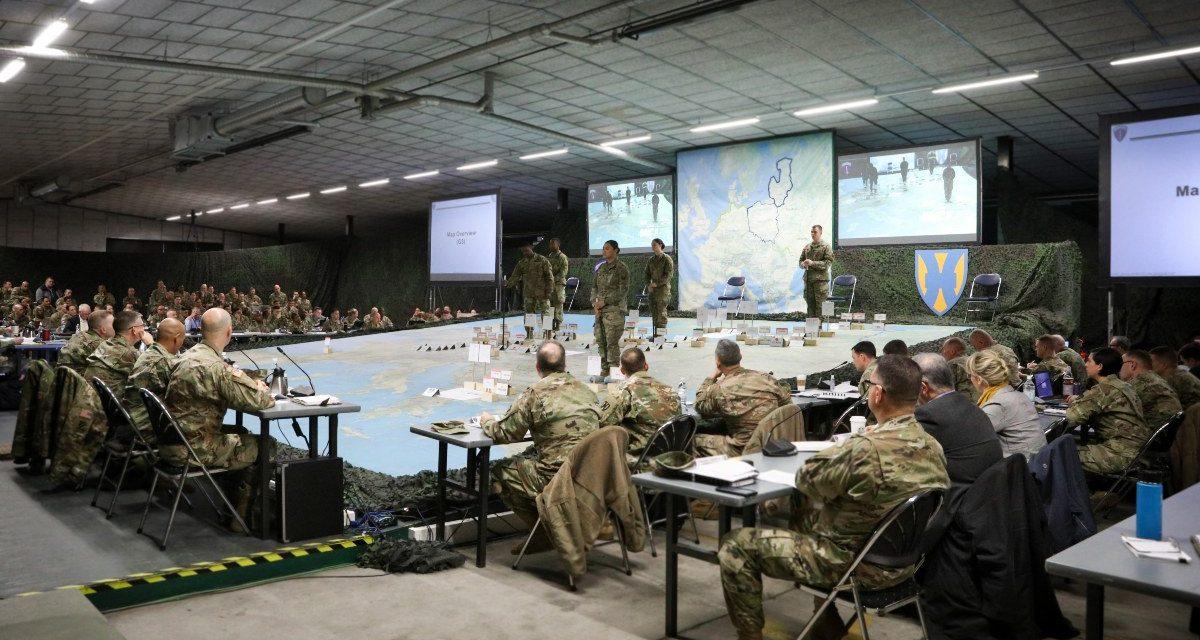Editor’s note: Welcome to another installment of our weekly War Books series! The premise is simple and straightforward. We invite a participant to recommend five books and tell us what sets each one apart. War Books is a resource for MWI readers who want to learn more about important subjects related to modern war and are looking for books to add to their reading lists.
This week’s installment comes from Kevin Benson, a retired US Army colonel and former director of the School of Advanced Military Studies who was the Coalition Forces Land Component Command J5 (Plans) at the start of Operation Iraqi Freedom. We gave him the following prompt: What books would you recommend for readers who want to better understand the operational level of war, where tactics and strategy meet?
The New Makers of Modern Strategy: From the Ancient World to the Digital Age, edited by Hal Brands (2023)
A truly superb new generation of this famous work carries on in the grand tradition of previous editions. Brands assembled a stellar group of scholars who also have experience in the art of policy, strategy, and operational art. This new edition is a must-read for policymakers, strategists and professional soldiers. Sound strategy is the first step toward the execution of operational art.
War and the Art of Governance: Consolidating Combat Success into Political Victory, by Nadia Schadlow (2017)
Schadlow’s book is a tour de force, featuring case studies of how combat success was and was not consolidated into political victory. Schadlow highlights what she calls the “American Denial Syndrome,” wherein Americans do not learn from the past. Operational art ties tactical successes to policy objectives and Schadlow’s book will illuminate this path.
The Utility of Force: The Art of War in the Modern World, by General Rupert Smith (2007)
Rupert Smith reinforces the vital requirement that the use of force must be placed within the correct political context. Policymakers and commanders must remain engaged as the situation will change and conditions will demand altering the means and ways to achieve the desired ends. The ends might even change as the situation changes. A superb book that remains relevant today.
Defeat into Victory: Battling Japan in Burma and India, 1942–1945, by Field Marshal Sir William Slim (1956)
This is one of the finest senior commander memoirs of World War II. Slim acknowledges errors he made in planning and execution, all while ensuring his actions are viewed in the context of the time. His description of the vital requirement for a commander to write his own intent and ensure it is understandable is brilliant. Slim commanded at the operational level of war.
Command Missions: A Personal Story, by Lieutenant General Lucian K. Truscott, Jr (1954)
This volume is by far the finest memoir written by an American field commander from World War II. Truscott had never been in battle before he went to North Africa. He details his personal study, how time spent in reconnaissance is never wasted, and how he built the 3rd Infantry Division into a superb fighting division. This is a book about how a leader evolves and operates at each level from task force, division, corps, and field army.
Kevin Benson, PhD, is a retired US Army colonel who commanded from company to battalion level and served as a general staff officer from corps to field army. He was the CFLCC J5 (Plans) at the start of Operation Iraqi Freedom and the director of the School of Advanced Military Studies.
The views expressed are those of the author and do not reflect the official position of the United States Military Academy, Department of the Army, or Department of Defense.
Image credit: Pfc. Katelyn Myers, US Army

